When you open your kitchen drawers or glance at your countertop, it’s easy to think of those items as purely practical.
They are tools you grab without a second thought. But every pot, pan, gadget, and appliance has a story, and some of them are stranger, older, or more revolutionary than you might have guessed.
From utensils that were once considered pretty scandalous to high-tech conveniences born from complete accidents, the everyday objects in your kitchen have fascinating origins.
Some were born out of necessity, others from sheer invention, and a few stumbled into popularity by sheer luck, if we are being honest.
These items have quietly shaped the way we cook, eat, and even socialize over the decades.
So the next time you butter your toast or brew your coffee, you might just see those humble tools in a whole new light; once you’ve learned their secret histories.
1. The Fork: Once Considered Scandalous
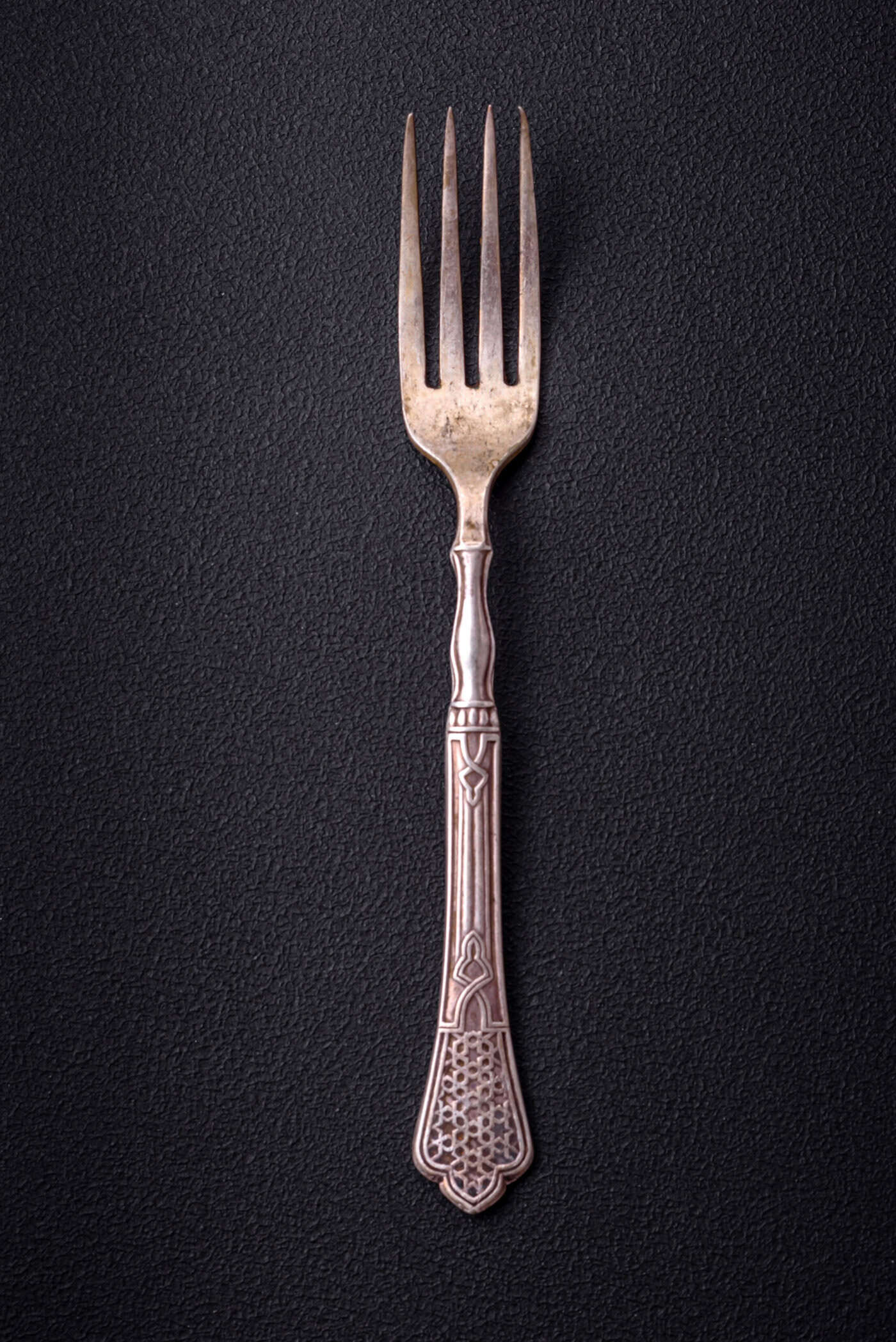
© Envato
Today, the fork is a normal part of your everyday meal, but there was a time when people thought it was totally unnecessary (and, believe it or not, even sinful).
In Europe during the Middle Ages, most people ate with their hands or a knife and spoon. When the fork first appeared in Italy in the 11th century, it was seen as an exotic luxury.
It was something used by the wealthy to avoid touching their food. Also, some religious leaders even criticized it, claiming that God had given humans fingers for eating.
Over time, people got used to it, and forks had become standard tableware across Europe and America. Imagine the shock those early critics would feel seeing an entire drawer full of them in modern kitchens.
2. The Refrigerator: A Luxury Turned Necessity
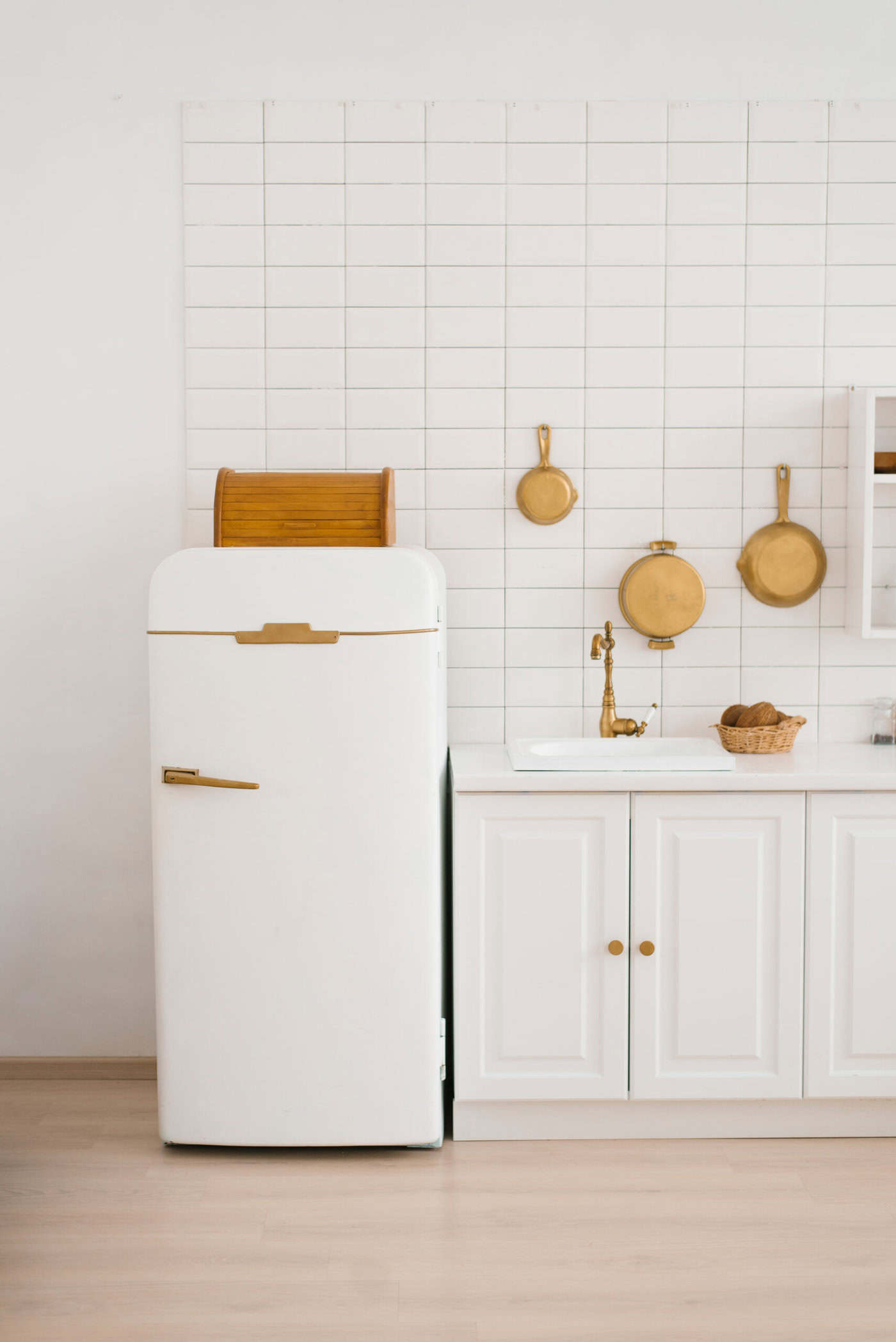
© Envato
Before refrigerators, keeping your food fresh was a daily battle. People relied on cold cellars most of the time, or even hung meat outside during winter to preserve it.
The first electric refrigerators hit the market in the early 1900s. But they were expensive, bulky, and often unreliable. Only the wealthiest could afford one, and even then, they commonly broke down and did not work.
As technology improved during the mid-20th century, refrigerators became more affordable and essential, transforming how families shopped, stored food, and planned meals.
This shows us that sometimes, things that are considered status symbols can easily become everyday stuff that all people use.
3. The Microwave: Born From a Chocolate Accident
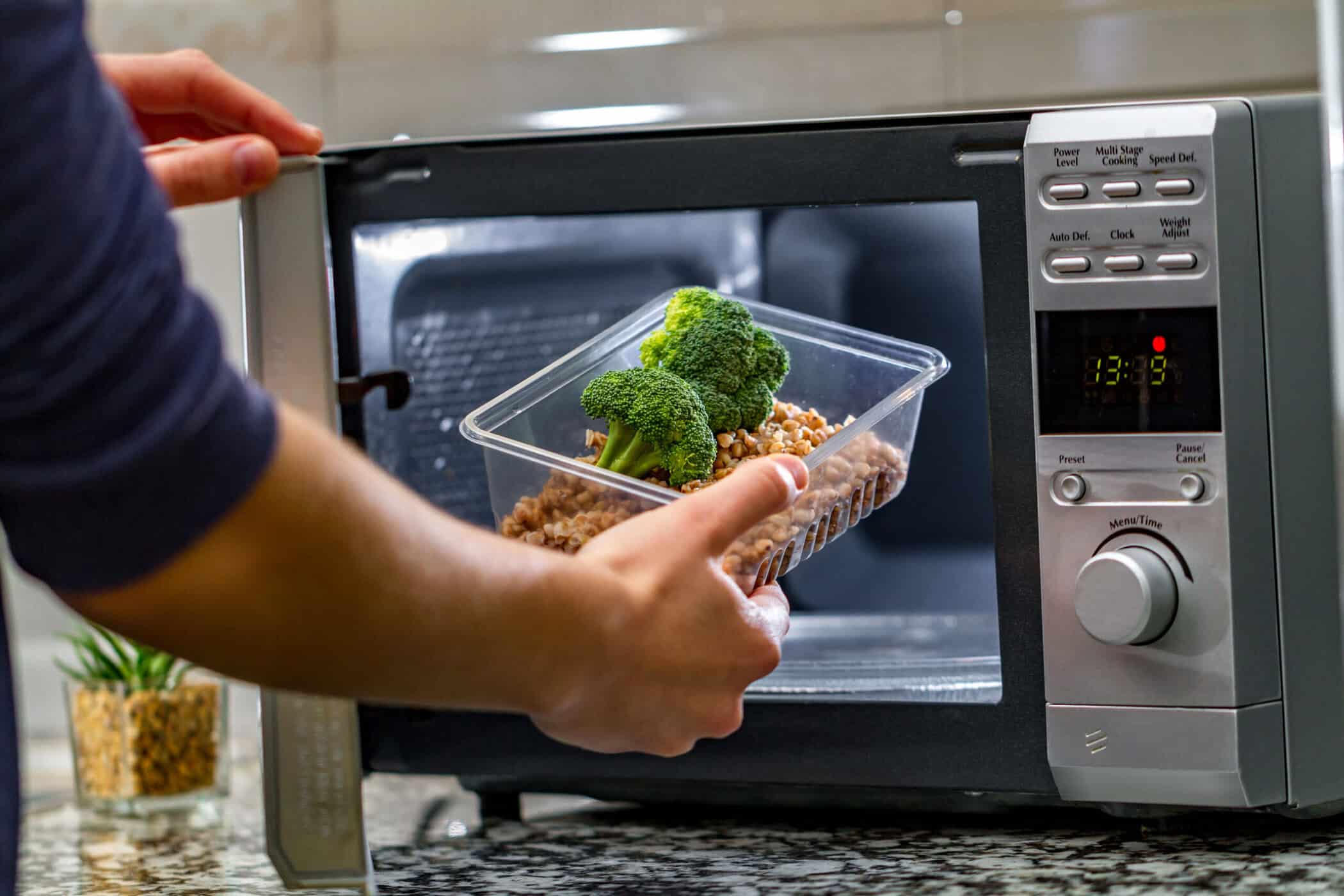
shutterstock
Have you ever heard the story of how the microwave was invented? Well, in 1945, engineer Percy Spencer was working on radar technology for the military when he noticed a chocolate bar in his pocket had melted.
This looked weird to him, so he began experimenting with other foods, and before long, the first microwave oven was born. Early models were too big (about the size of a refrigerator) and were mainly used in restaurants.
By the 1970s, smaller, more affordable versions appeared in homes and changed the way we cooked and reheated food. From popcorn to leftovers, microwaves turned fast cooking from a luxury into an everyday convenience.
4. The Cast Iron Skillet: A Tool Built to Last Generations
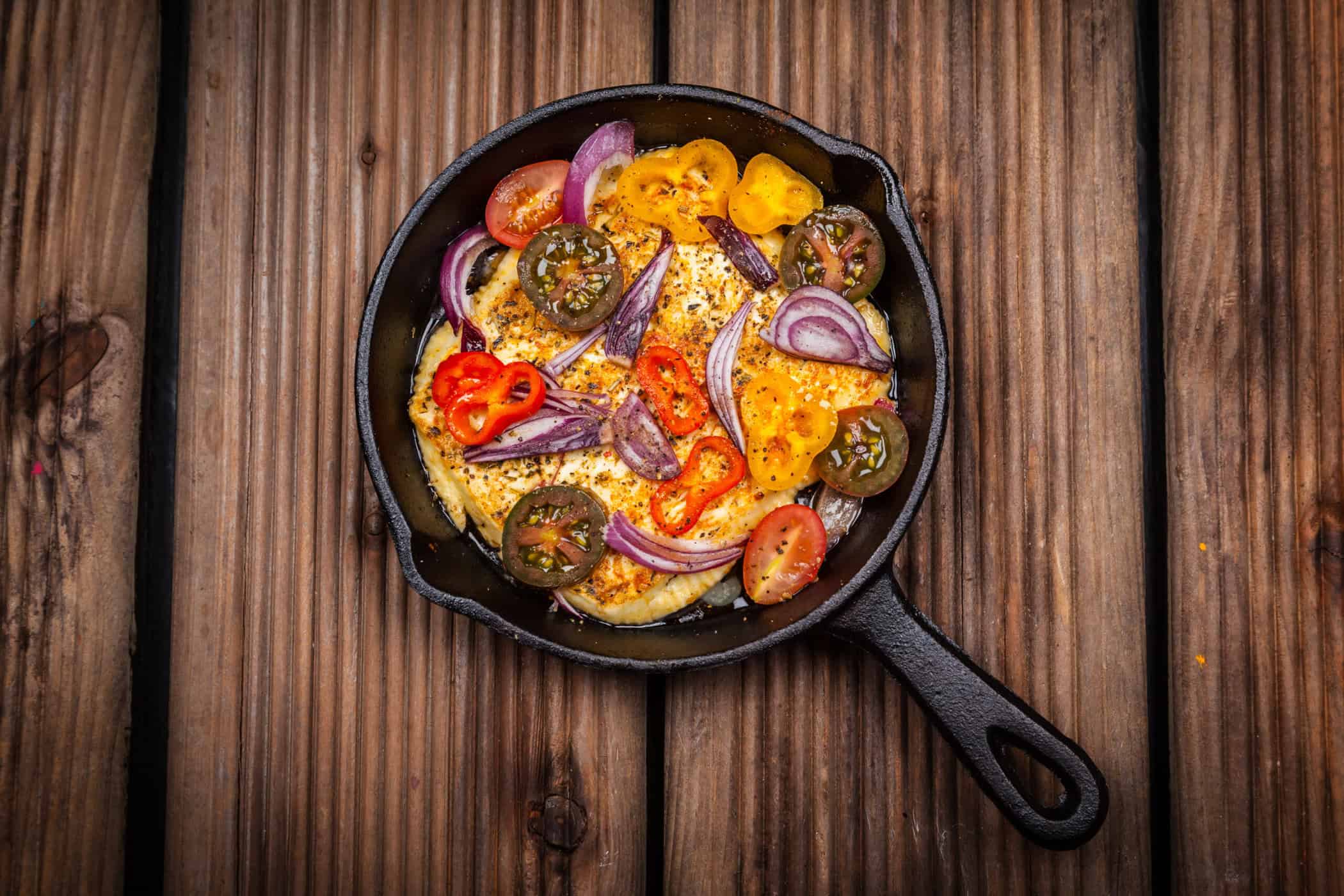
© Envato
Cast iron skillets aren’t just cookware; they’re heirlooms. They originated in China during the Han Dynasty over 2,000 years ago, and were prized for their durability and heat retention.
By the 18th and 19th centuries, cast iron was seen in American kitchens, perfect for everything from frying chicken to baking bread. Today, modern nonstick pans wear off after time, but cast iron improves with age, so the more you use it, the better it gets.
Also, today, we have more modern versions, and we cannot imagine some of our favorite meals without one.
Many families pass skillets down through generations, and you could own one that is perfectly functional, yet over 100 years old. It’s one of the few kitchen tools that hasn’t really needed “upgrading” in hundreds of years.
5. The Toaster: The First Step Toward Breakfast Automation
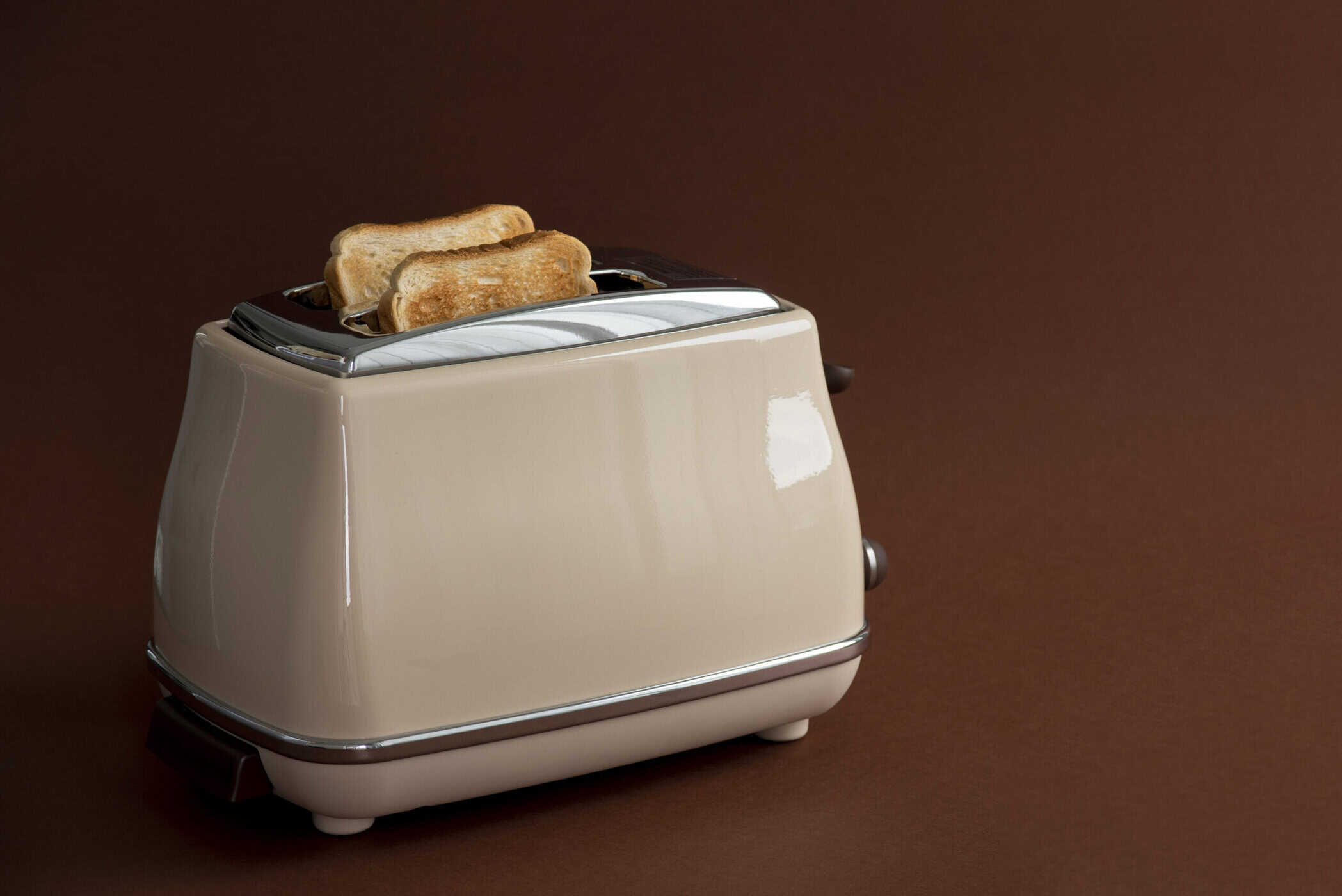
© Envato
If you love having warm toast with some butter and honey in the morning, then you probably cannot even imagine your breakfast without a toaster.
This gadget makes it very easy to have a breakfast that tastes like a 5-star meal. But, it was not always like that.
Before electric toasters, making toast was a pretty boring and slow process done over an open flame or on a metal rack.
The first electric toaster was invented in 1893, but it was not that advanced. It only toasted one side at a time, so you had to manually flip the bread. In 1926, Charles Strite patented the pop-up toaster, and that changed breakfast routines forever.
By the 1930s, toasters were a must-have appliance. Also, the invention of sliced bread in 1928 only boosted toasters popularity.
Today’s toasters may have more settings and sleeker designs, but the basic function hasn’t changed – proving that some ideas were perfect from the start.
6. The Coffee Maker: From Stovetop Ritual to Push-Button Perfection
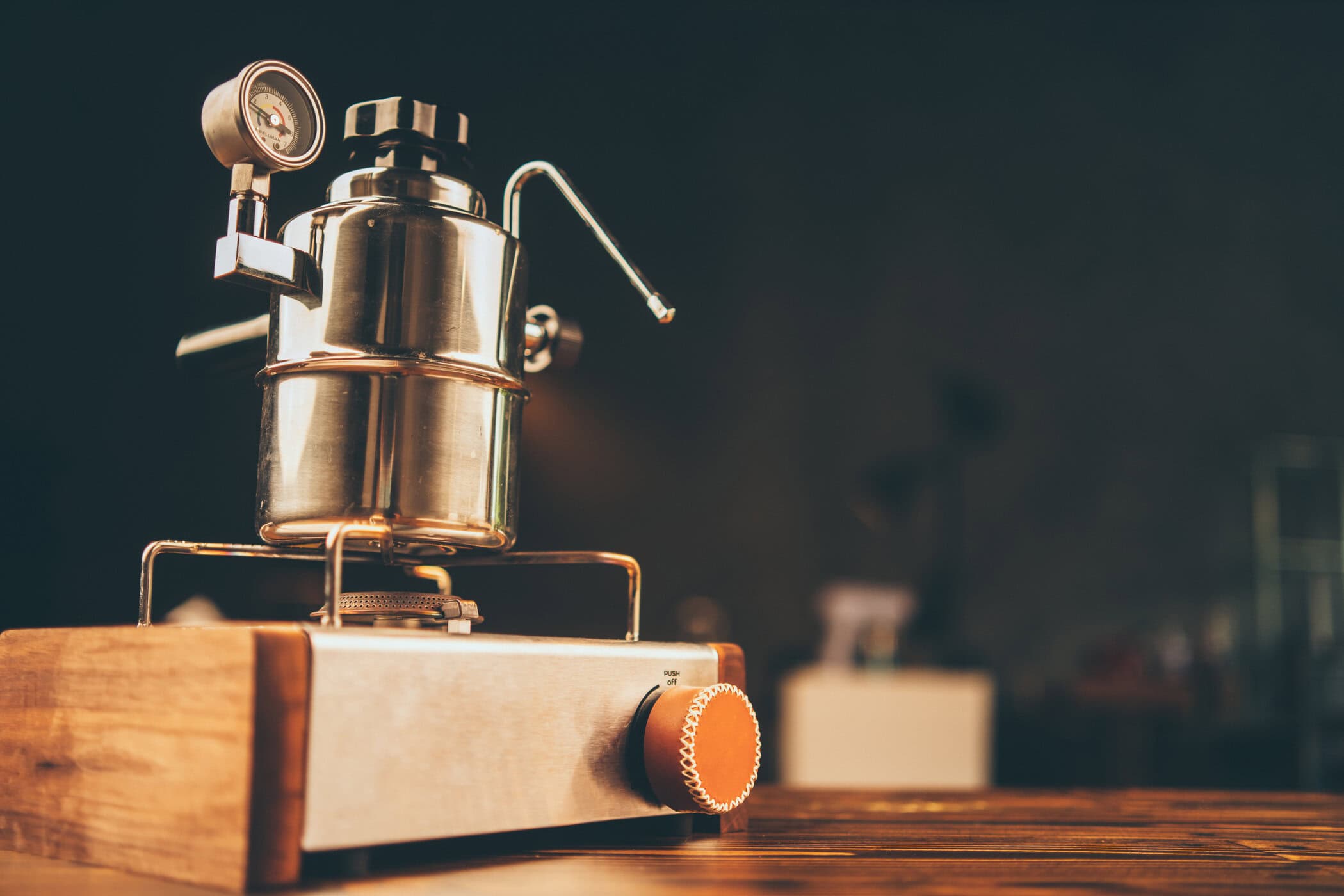
© Envato
We’ve been drinking coffee for hundreds of years, but the method we make it has changed a lot. In the past, people made coffee by boiling the grinds in a pot or using basic cloth filters.
The percolator, which was popular in the late 1800s and early 1900s, made brewing easier, but it typically over-extracted the coffee, making it taste bitter.
Drip coffee makers, which came out in the 1950s, altered everything by letting you prepare coffee with the push of a button and always getting good results.
Single-serve pod machines made things even easier in the 21st century, but they also caused arguments about waste and taste. Coffee makers are still a big part of many people’s morning routines, no matter how they work.
7. The Kitchen Knife: A Tool With Ancient Roots
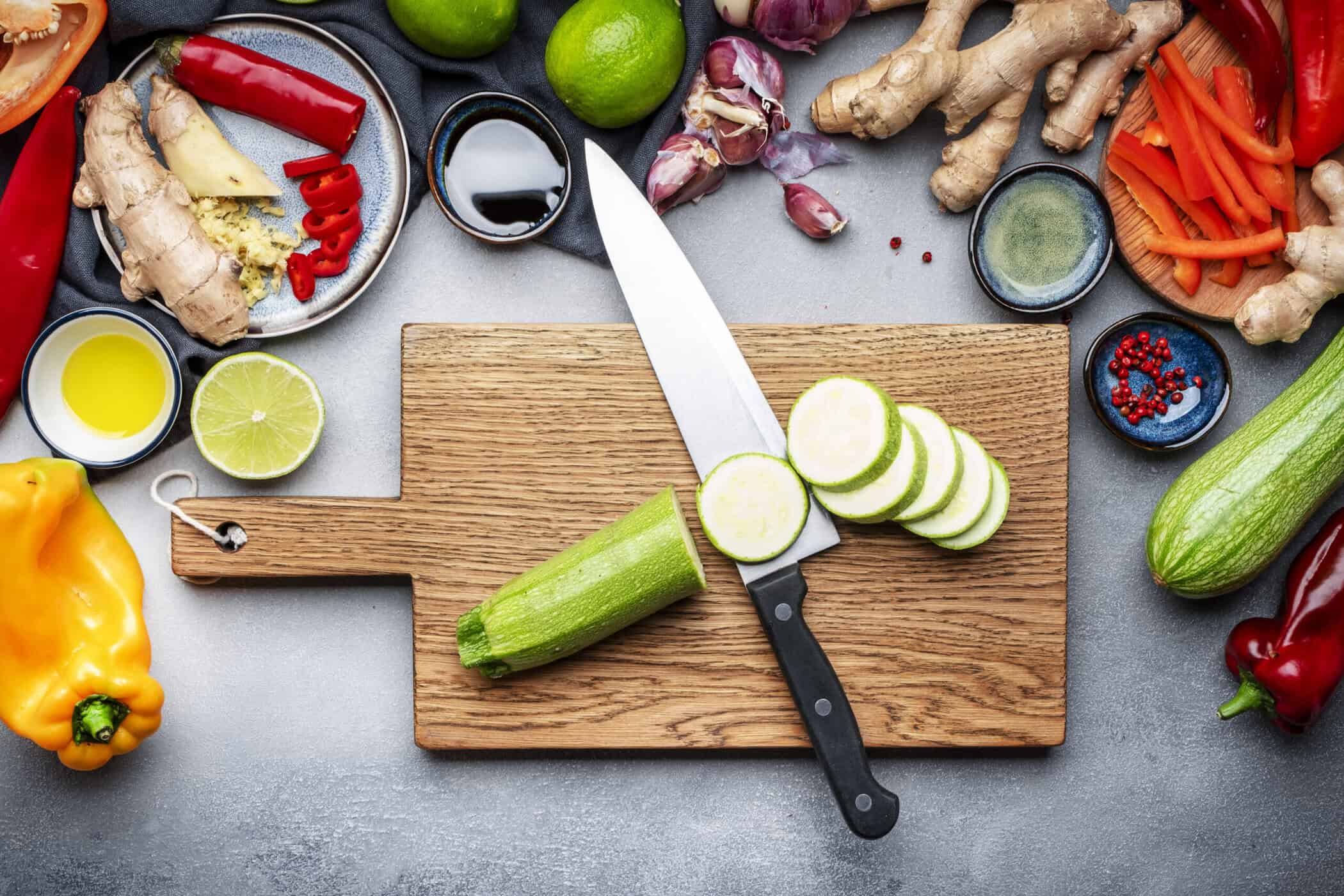
© Envato
Today, we use knives for literally anything. From cutting bread, slicing vegetables, or even simply opening up a bag of peas, we cannot even imagine a kitchen without one.
So, it is no surprise that one of the earliest instruments used by people is the kitchen knife, which goes back to the Stone Age. Flint, obsidian, or bone were used to make early blades. As metallurgy got better, the design of knives changed.
In Japan, centuries-old sword-making traditions helped make kitchen knives that are still highly valued today. The chef’s knife, which became popular in the 1800s, was a heavy, all-purpose knife that was popular in Western kitchens.
The core purpose has stayed the same: a simple, necessary utensil for cooking. The materials and fashions have changed.
8. The Salt Shaker: A Tiny Revolution in Flavor
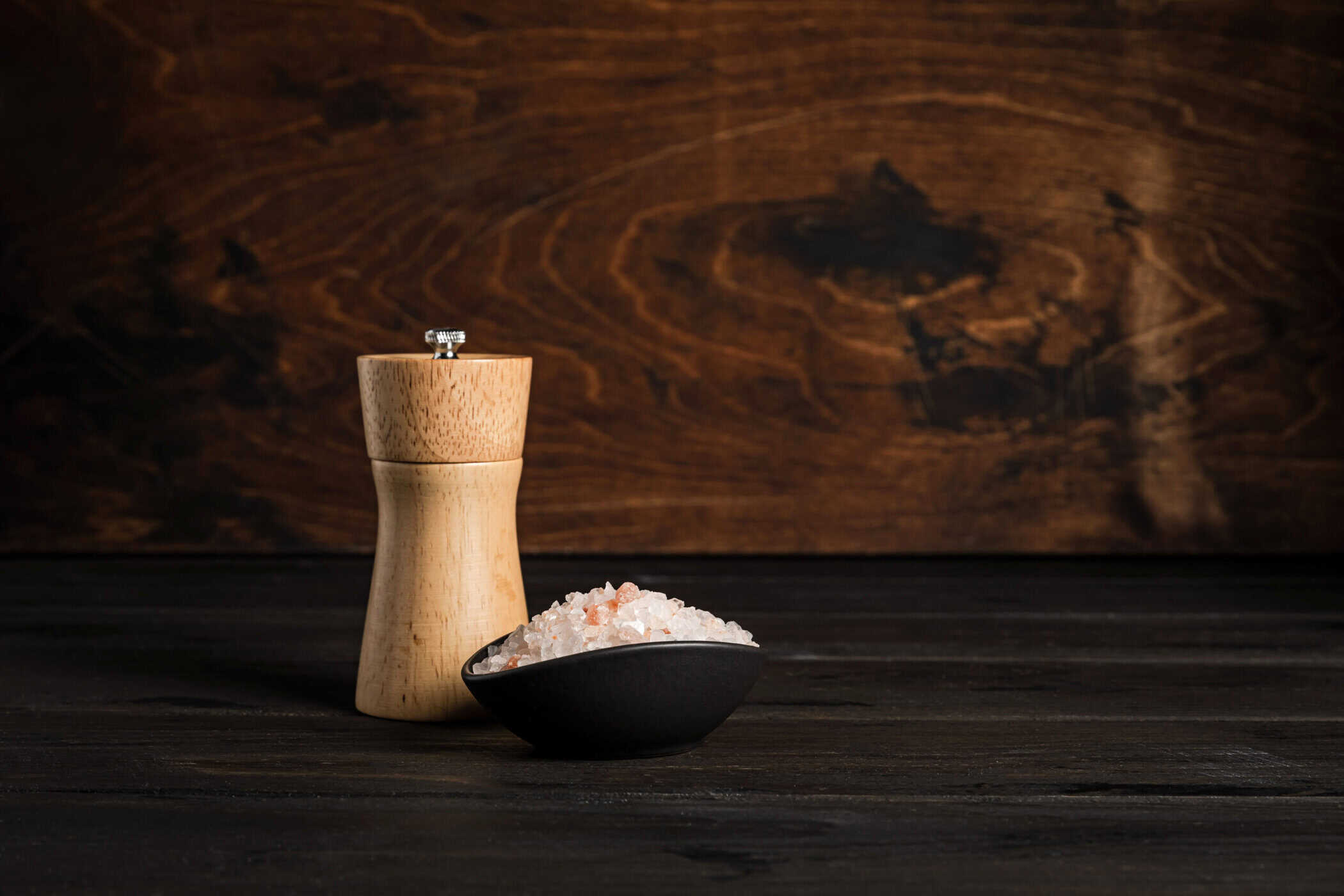
© Envato
We cannot even imagine a meal without a salt shaker. It is convenient, very practical, and much needed for all salt lovers.
In fact, people have valued salt for thousands of years, and it was even used as money at one point. People kept it in open vessels or small cellars throughout most of history and took what they needed by pinching or spooning it out.
The salt shaker, which was invented in the late 1800s, made it easier to sprinkle salt evenly. The Morton Salt Company came up with a way to stop salt from clumping in 1911 by adding magnesium carbonate.
What looks like a tiny convenience now was once a big step forward in how well the kitchen worked, and it also impacted how we seasoned our meals.
9. The Blender: A 1920s Invention That Changed Smoothies Forever
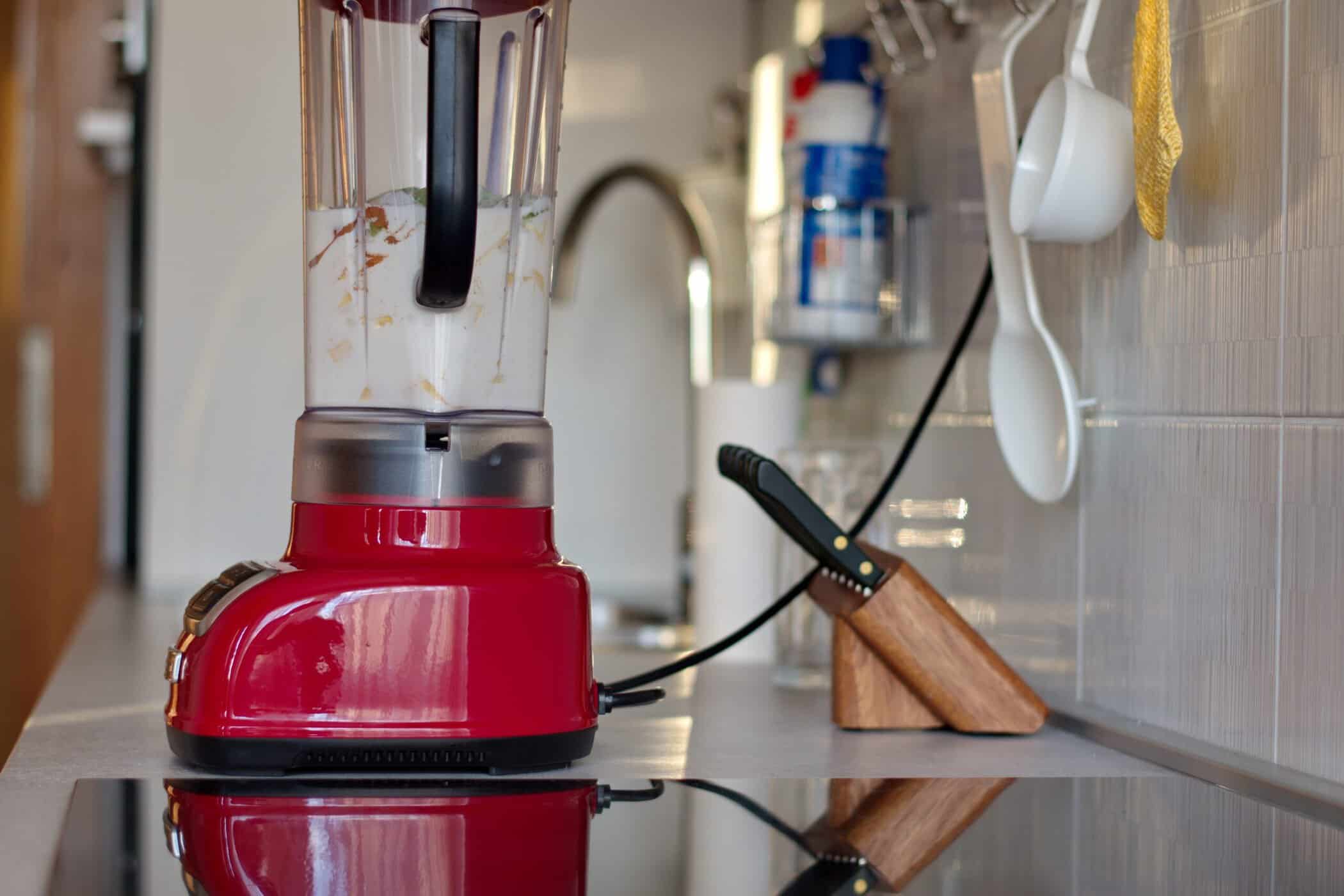
© Envato
In 1922, Stephen Poplawski made the first blender just for preparing malted milkshakes. This is where the history of the blender begins. It had a rotating blade at the bottom of a tall container, which is still used today.
By the 1930s, blenders had made their way into home kitchens after becoming popular at soda fountains and diners. They made it possible to make soups, sauces, frozen drinks, and of course, smoothies.
That simple milkshake machine is what made today’s high-speed blenders possible. Today, they are used for breakfast smoothies, protein shakes, and fitness lovers cannot even imagine their day without one.
New models are always being developed, but the core of it remains the same, which shows us how special the first design truly was.
10. The Rolling Pin: From Ancient Bread to Modern Pies
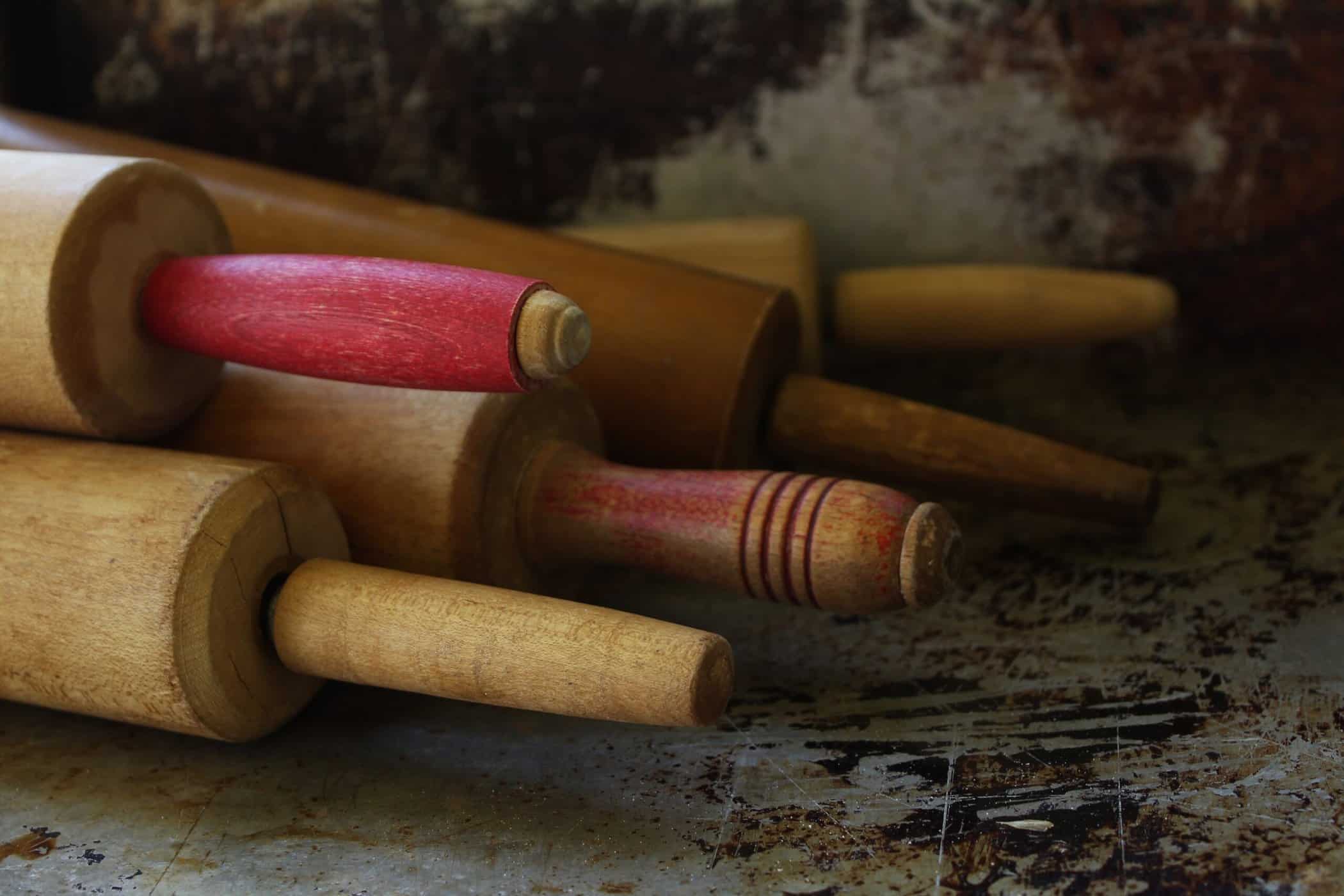
© Envato
Rolling pins have been around for hundreds of years. The first ones were made of stone or wood. Their main job has always been to roll out dough for bread, pasta, or pastries. In Europe, bakers used straight wooden dowels.
In the U.S., the handled rolling pin became the norm in the 1800s. Later on, glass and marble versions came up, and people liked these since they were smooth and heavy.
Even if there are newer options like silicone mats and pasta machines, bakers still use rolling pins because they like the way they feel when they work with dough.
11. The Can Opener: Unlocking the Convenience of Canned Food
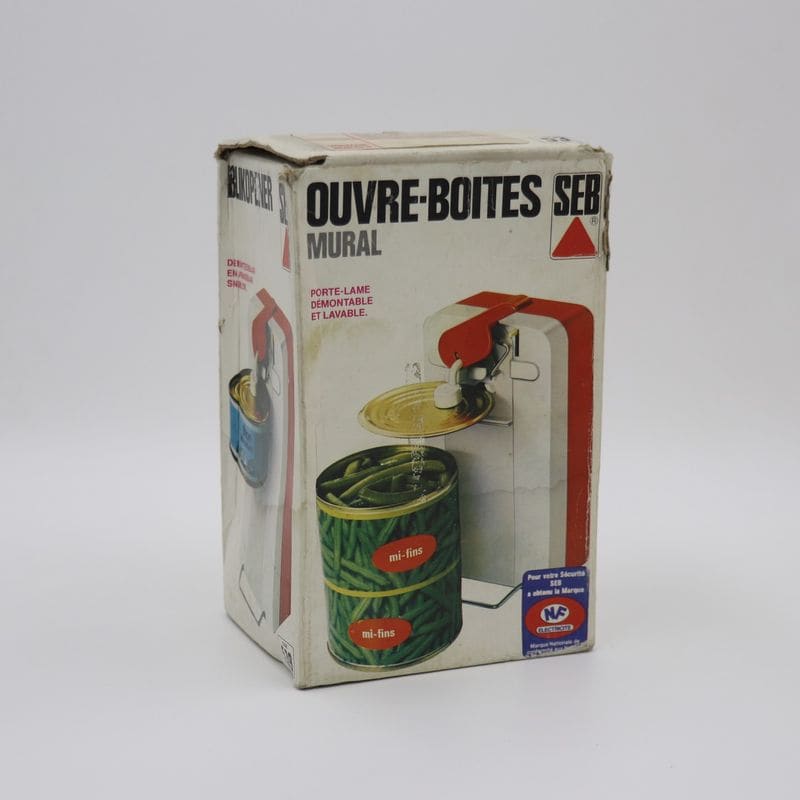
shutterstock
People have been eating canned food since the early 1800s, but the can opener wasn’t invented until 1858. Before then, people used chisels, hammers, and knives to break into their tins, which was both hard and hazardous.
Ezra Warner’s first design featured a bayonet-style blade to poke through the can, but things got better with William Lyman’s 1870 rotating-wheel variant. The current two-wheel, geared opener made it quick and safe to open canned goods by 1925.
It became a silent hero of the pantry and was suddenly used for everything, from soups to tuna.



